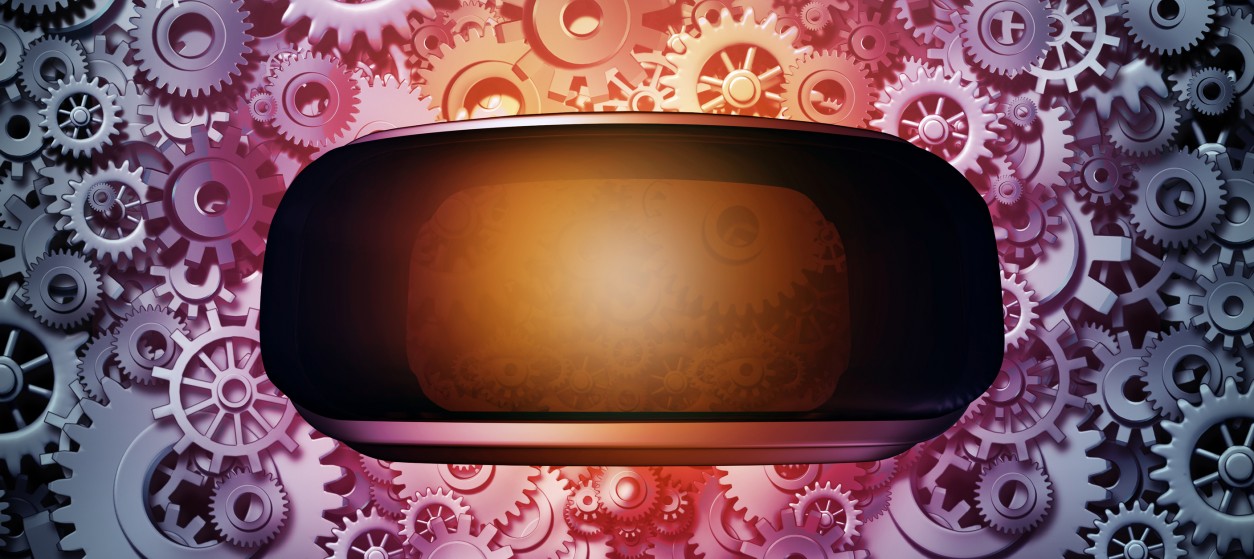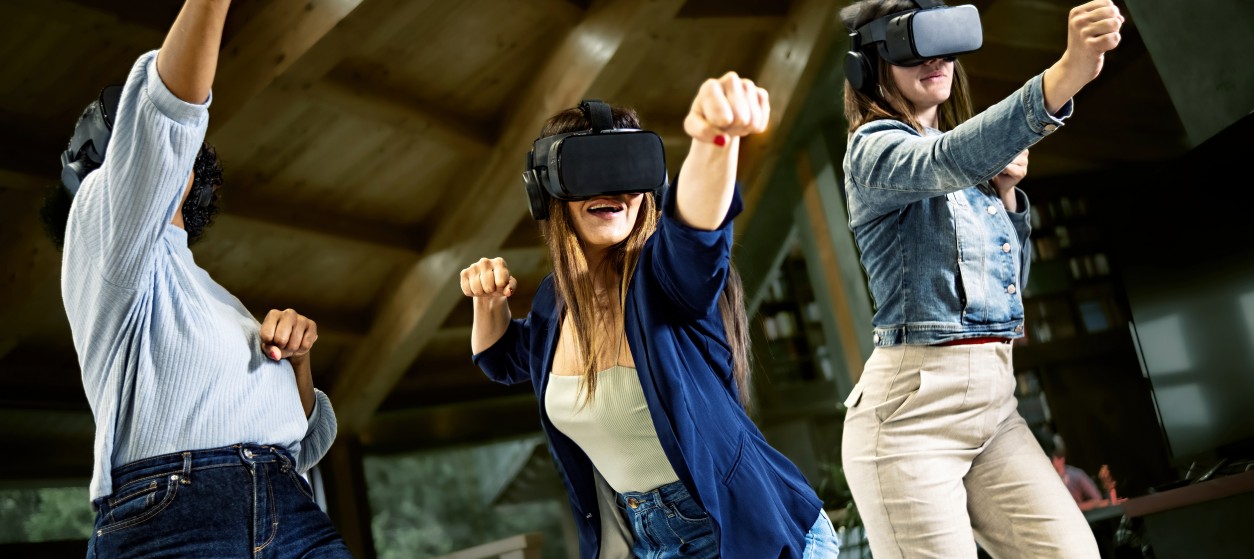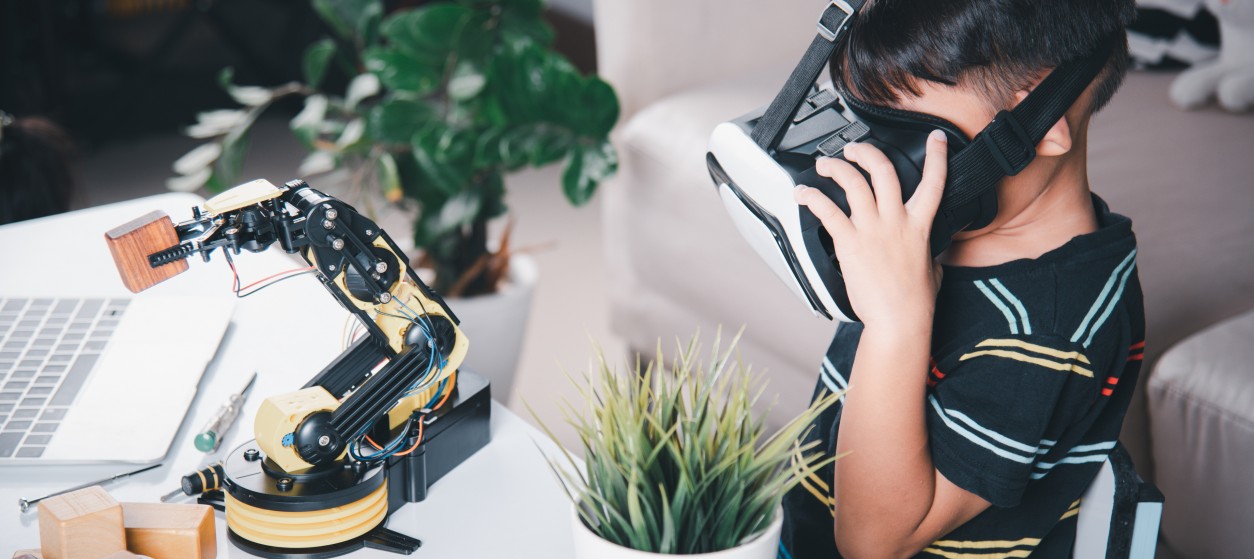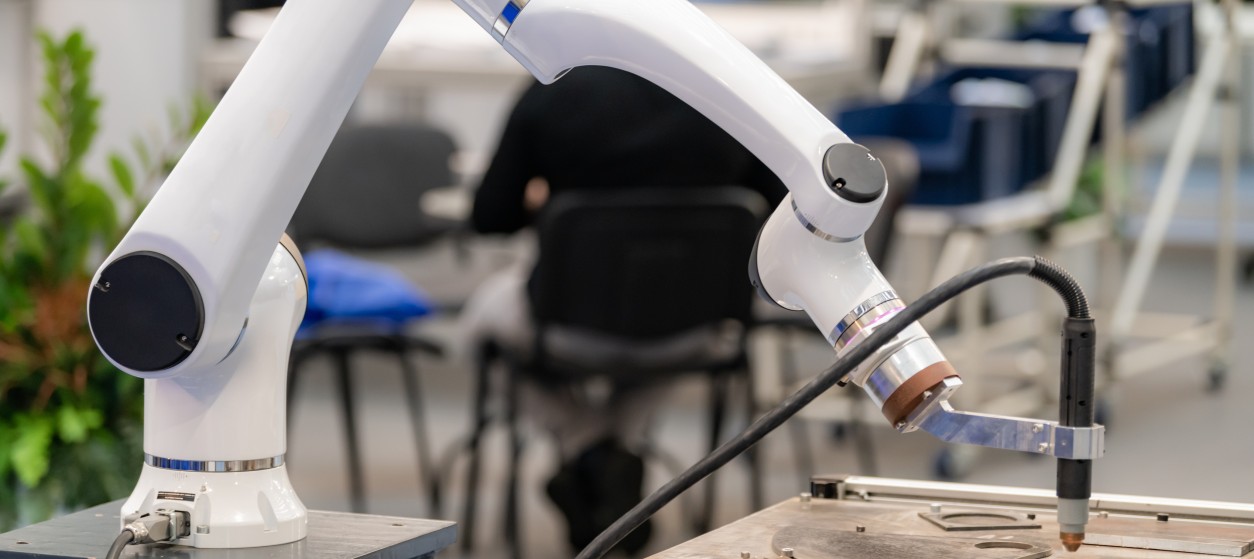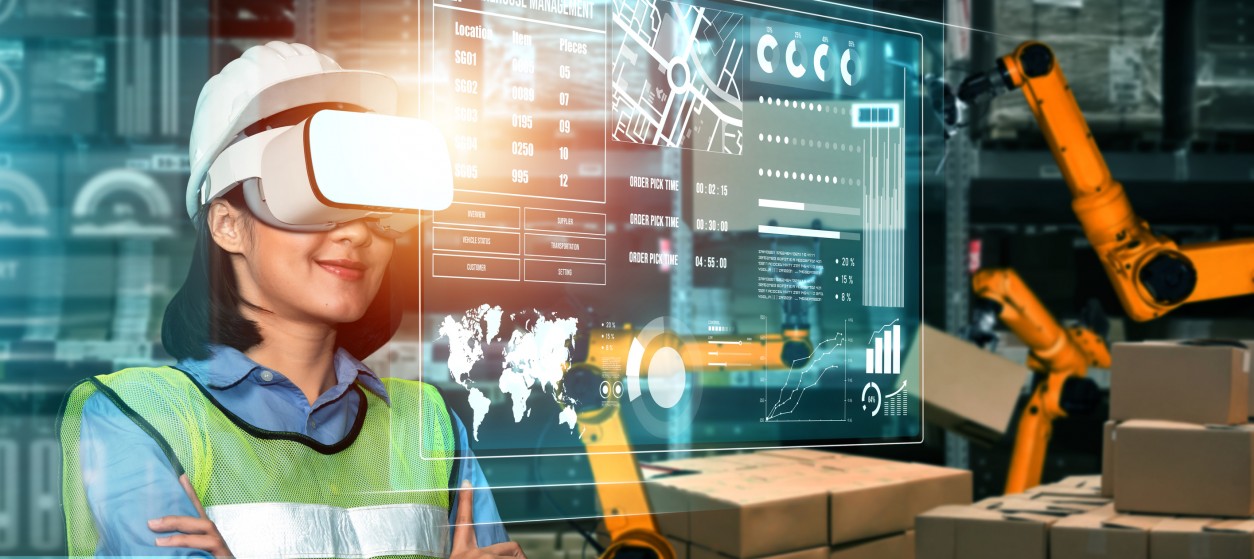From gaming and entertainment to healthcare and industry, Virtual Reality (VR) applications are proliferating. VR applications consist of computer-generated simulations of three dimensional (3D) environments, which enable humans to interact with them by means of some special equipment like a helmet or gloves equipped with sensors. In this way, VR applications offer simulated experiences that appear realistic to their users. These experiences can either simulate the real world or built to demonstrate fictitious situations. In several cases, realistic cyber representations of 3D objects or environments are superimposed to real-world objects, as a means of supporting Augmented Reality (AR) and Mixed Reality (MR) applications. In several cases, AR and MR applications are considered as extensions or special cases of VR technology.
The benefits of VR applications in applications like gaming, training and entertainment are known since more than a couple of decades. However, VR has only recently been taking off, as a result of the emergence of AR/VR applications in the mobile market. Nowadays, there are several popular AR/VR apps on the market, such as the famous PokemonGo and Apple’s ARKit. Moreover, we are witnessing a fall in the prices of VR devices (e.g., helmets, gloves, glasses), which boosts the wider deployment of VR applications in real-life industrial contexts. Likewise, technological advances in tracking, rendering, 3D object detection, gesture recognition and natural interactions are providing the means for more robust and versatile applications. In the coming years, the number and type of VR applications will increase, while VR is likely to have a disruptive effect in various sectors and work related activities. Following paragraphs present seven prominent examples of such disruptive effects on different working and living activities.
1. Cheap Alternative to Business Travel
VR applications present realistic experiences and imitate real-life environments. This enables VR applications to reduce business travel for purposes like training or collaboration on common physical environments. In this way enterprises can cut down travel costs, while employees can save precious time and effort currently spent on travelling.
2. Safe and Effective Training
Several work activities require hands-on training in realistic contexts. Typical examples include the training of aviation pilots and first responders. VR can provide a compelling alternative to field training, given that it is a cheaper and safer option. With VR workers need no longer train in harsh and dangerous environments, as they can gain access to similar experiences at the comfort of their office. Furthermore, VR training applications provide versatility in creating individualized training programs, through customizing training simulations to the strengths, weaknesses, responsibilities and work profile of the trainees.
3. Revolutionizing Marketing
Nowadays, marketeers are looking for novel ways for creating appealing campaigns that could engage consumers. In this context, VR can be a very powerful tool for designing creative and unique experiential campaigns, which will be remembered by consumers. Key to the development of such campaigns, is the creation of VR-based simulated experiences based on occasions or themes in the target market. Such campaigns will be more memorable and more likely to achieve consumers’ engagement. Moreover, VR-based marketing experiences can be easily transferred in different platforms and devices, as needed to ensure broad outreach for the corresponding campaigns.
4. Impact on the Job Market
It is frequently said that the most demanded jobs of today did not exist ten years ago. Several such jobs are likely to be associated with VR in the years to come. Specifically, we expect to see a whole range of VR professionals in different sectors, such as VR application development experts, VR engineers, VR marketing specialists, VR Search Engine Optimization (SEO) Consultants, VR-based trainers and more. Overall, VR is expected to give a significant boost in the job market, through creation of new jobs in various sectors. Enterprises should get prepared to deal with the talent gap in VR professionals.
5. Disrupting Computer Supported Collaborative Work
VR is likely to be one of the key ingredients of future collaborative applications. Conventional e-mails, messaging applications and video conferencing facilities are likely to be enhanced with VR features. The latter will boost the effectiveness and convenience of collaboration applications, especially when the co-working activities involve physical spaces (e.g., collaboration in a new playground) or objects (e.g., an architectural design). While there are endless opportunities for revolutionizing computer supported collaborative work, the most prominent uses of VR in collaboration are likely to entail virtual collaborative spaces between engineers and designers in creative industries.
6. Creating Healthier Working Environments
VR applications depend on the position of their users and may require end-users to move in their working environment. This can have a positive side effect on the users’ health, especially for applications used frequently in a professional context. Indeed, VR can contribute to better health, through helping professionals avoiding the adverse effects of sitting at a desk all day long.
7. Richer Retail Experience
VR is also expected to have a major impact on shopping and retail experiences. In an era where ecommerce and the on-demand economy are on the rise, VR can help alleviating the limitations of electronic shopping experiences, such as poor views on the items to be purchased. With VR, shoppers will be able to gain access to much more detailed and realistic views of the shopping items, prior to putting them in their cart. Coupled with Augmented Reality, VR will also help buyers to understand how particular items fit their target environment. This could be for example extremely useful prior to purchasing furniture or other pieces of office equipment.
Following two decades of hype and small-scale deployments, VR seems to be coming soon to a theater near you. It will provide a wealth of opportunities in different sectors, including marketing, retail, search engines and industry. Enterprises had better prepare to leverage the benefits of VR in their applications and activities, as this could help them improve their products and services, while gaining a short-to-medium term advantage against competitors.
